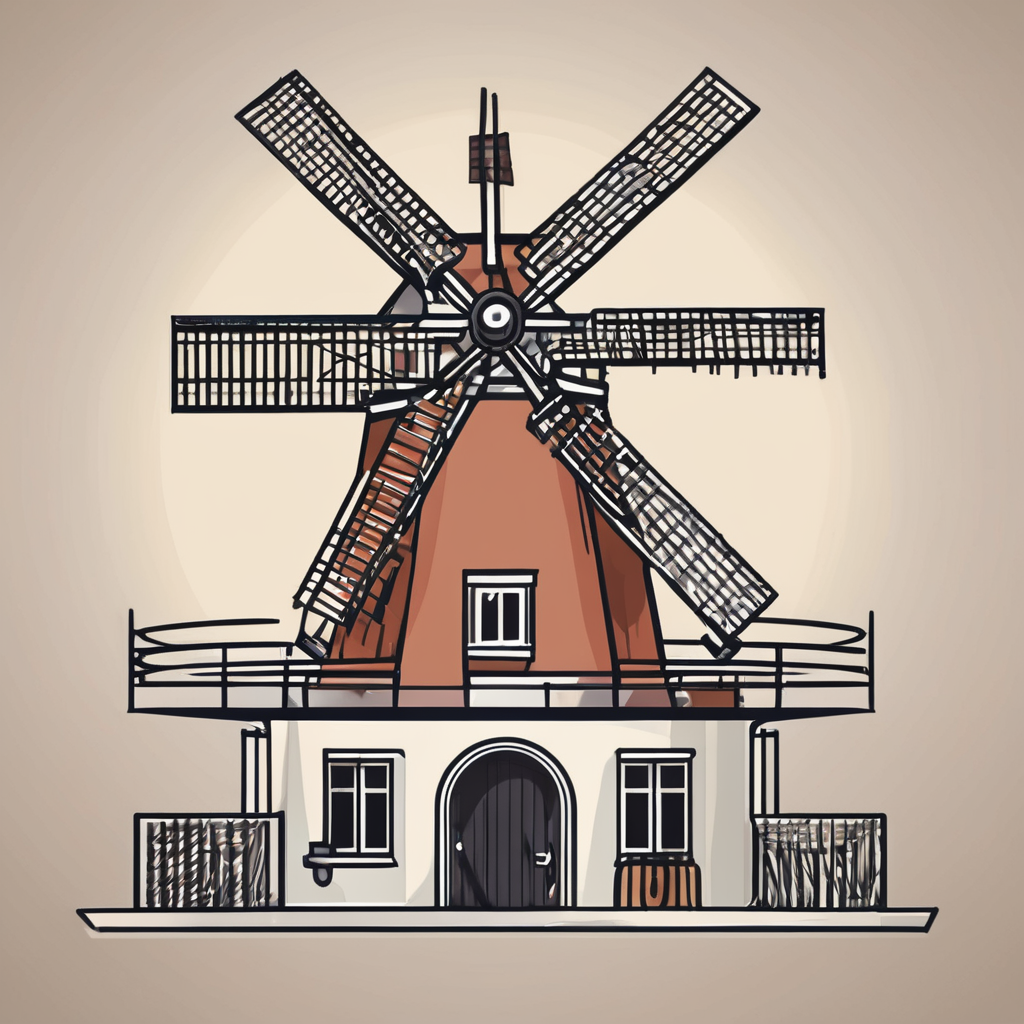Historical Context of UK Women’s Fashion
Throughout history, UK women’s fashion has been deeply influenced by notable periods and socio-political events. During the Victorian era, modesty dictated the long and voluminous designs, with corsets accentuating the waist. As the years progressed, the Edwardian period introduced the “S-bend” corset silhouette, known for its elegance and grace.
In the 20th century, the Roaring Twenties marked a significant shift with flapper dresses epitomizing freedom and defying traditional norms. The austerity of the war years saw utility clothing become prevalent, emphasizing practicality and resourcefulness due to material shortages. Post-war prosperity led to the glamorous and feminine styles of the 1950s, characterized by cinched waists and full skirts.
Have you seen this : What Are the Unexpected Benefits of UK Women’s Fashion Trends?
Socio-political events, such as the women’s suffrage movement, played a crucial role in reshaping attire to reflect newfound liberties, eventually leading to the more relaxed styles of the 1960s and 1970s. Notably, this era highlighted the evolution of fabrics and materials, with synthetic blends gaining popularity alongside natural fibers like cotton and wool.
The history of UK women’s fashion is a rich tapestry woven from economic shifts, royal influences, and cultural revolutions, illustrating how styles continuously evolve while echoing past traditions and innovations.
In the same genre : What Are the Key Elements of Elegance in British Women’s Fashion?
Influential Designers and Their Contributions
The landscape of UK women’s fashion has continually evolved, shaped in part by visionary designers whose innovative contributions have left indelible marks. Notable designers like Mary Quant in the 1960s and Vivienne Westwood in the 1970s revolutionized fashion. Quant brought the mini skirt to the forefront, redefining women’s silhouettes and echoing the shift towards more liberated styles. Her works epitomized the vibrant and youthful culture of the era, symbolizing the broader cultural liberation of women.
In the realm of punk fashion, Vivienne Westwood stands as a luminary, introducing bold designs that challenged conventional aesthetics. Her creations during the punk movement were not just clothes but statements against societal norms, echoing the rebellious spirit of the times. Westwood’s influence extended beyond her groundbreaking designs, nurturing a culture of daring self-expression in fashion.
Contemporary designers also play a pivotal role in shaping modern styles. Alexander McQueen and Stella McCartney are prime examples of designers whose creative visions have transformed current fashion narratives. McQueen was known for his dramatic and theatrical designs that combined traditional craftsmanship with innovative techniques. In contrast, McCartney has championed sustainable fashion, advocating for environmentally friendly practices within the industry. Her approach to eco-conscious design reflects a significant shift towards sustainability in contemporary fashion circles.
Fashion schools and institutions have equally contributed to this evolving landscape. The Royal College of Art and Central Saint Martins have produced numerous influential designers, fostering creativity and innovation. These institutions are pivotal in nurturing the talent that continues to redefine the fashion industry’s boundaries. Through rigorous programs and industry connections, they pave the way for the next generation of trendsetters, ensuring the ongoing evolution of UK women’s fashion.
Socio-cultural Factors Shaping Fashion Trends
Fashion is more than aesthetics; it’s a reflection of society’s ever-changing dynamics. Feminism and the women’s rights movements have left an indelible mark on fashion. As women fought for equality, their wardrobes mirrored their newfound independence, embracing styles that were both empowering and practical. This transformation was not merely symbolic but a catalyst for societal change.
Popular culture and media wield incredible influence over women’s attire. From the glamorous looks seen in films and television to the styles sported by musicians, public figures have been pivotal in shaping fashion preferences. These mediums often dictate trends, offering style cues to audiences eager to emulate their icons.
Economic fluctuations also play a vital role in consumer fashion choices. Prosperous times often lead to lavish styles and intricate designs, while periods of austerity encourage minimalism and functionality. These shifts highlight how economic context is intertwined with fashion, guiding consumer behaviour and purchasing decisions. Thus, socio-cultural influences remain powerful forces that continuously redefine UK women’s fashion.
Analyzing Past Trends for Future Predictions
Understanding past fashion trends is crucial for anticipating future styles in UK women’s fashion. Historical patterns often reappear, bringing a sense of nostalgia while simultaneously being refreshed with modern twists. For instance, silhouettes from the Victorian and Edwardian eras have re-emerged, albeit with contemporary adaptations.
Recurring Themes in Women’s Fashion
Recurring themes in women’s fashion involve cyclical designs like the previously popular waist-cinching styles and flared skirts. These elements can be seen returning in modern fashion shows. Prints and fabrics also experience cycles, with floral patterns and plaid continually being revisited in new collections, serving as a testament to fashion’s ever-evolving yet repetitive nature.
The Role of Sustainability in Future Trends
Sustainability is set to be a cornerstone of upcoming trends, transforming how designers approach their creations. An increasing awareness of environmental impact has pushed many to adopt eco-friendly materials and practices, which include utilizing recycled fabrics and reducing waste. This shift not only appeals to consumer consciousness but also aligns with global efforts toward sustainability.
Tech Innovations in Fashion Design
Technology is a game-changer in predicting future trends. Digital innovations, such as augmented reality and predictive analytics, allow designers to test ideas and anticipate market preferences efficiently. These tools contribute to creating more adaptable and consumer-centric designs. Furthermore, 3D printing and smart textiles are broadening the possibilities within fashion design, offering sustainable and innovative options for future collections.
By examining historical patterns and embracing modern innovations, UK women’s fashion continues to thrive, evolving with time while honouring its rich past.
Case Studies of Iconic Fashion Moments
Throughout the years, significant moments in UK women’s fashion have etched themselves into the annals of style history, not only capturing the zeitgeist of their respective eras but also influencing public fashion tastes dramatically. One such landmark event was Princess Diana’s embrace of bold, modern styles, which shifted public perceptions of royal fashion. Her penchant for both haute couture and accessible brands broke traditions and encouraged women to experiment with their wardrobes.
In examining defining fashion collections, the 1994 Spring/Summer collection by Alexander McQueen, often referred to as “Highland Rape,” stands out as a controversial yet pivotal moment. It starkly challenged conventional aesthetics and sparked important conversations about fashion’s role in social commentary. Such defining collections underline the complex interplay between innovative design and cultural discourse.
Moreover, high-profile iconic fashion moments often drew influence from celebrities, with figures like Twiggy in the 1960s helping to popularize the mod look. From royalty to pop culture icons, these personalities have wielded substantial influence over public fashion preferences, displaying how individual style can ripple through society, encouraging broader stylistic shifts. Celebrities continue to set trends, acting as beacons that guide mainstream fashion direction.
Visual and Practical References
Visual aids play a crucial role in understanding the intricacies of fashion by offering tangible insights into evolving trends and designers’ creative processes. Visual storytelling, through infographics and curated events like Fashion Weeks, enhances our comprehension of the dynamic fashion landscape.
Infographics of Evolution
Infographics offer a compelling way to trace the evolution of UK women’s fashion. These tools synthesize complex data into accessible formats, visually demonstrating the progression of styles and notable shifts influenced by socio-political contexts. By breaking down fashion’s journey from the Victorian era to modern times, infographics highlight how historical themes continue to resurface, yet adapt to contemporary trends.
Key Collections from Notable Designers
Exploring collections from designers such as Mary Quant and Alexander McQueen reveals the interplay of creativity and cultural reflection. Quant’s innovation, particularly with the mini skirt, underscored a pivotal change towards liberated fashion, while McQueen’s dramatic presence pushed boundaries with theatrical designs. Through visual representations of these collections, one can appreciate how they bridged past themes with future aspirations, reinforcing the impact of iconic designers on the fabric of UK fashion.
Current Fashion Week Highlights
Fashion Weeks serve as live infographics, showcasing emerging trend trajectories and innovative designs. Recent highlights include the integration of sustainable materials and digital innovations like augmented reality, which shape the future of fashion. By attending or viewing these events, style enthusiasts can witness firsthand how the past influences present iterations and anticipates future trends.



